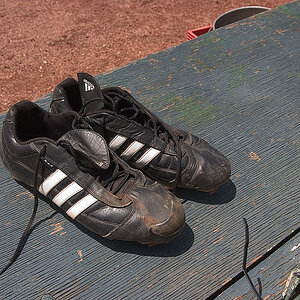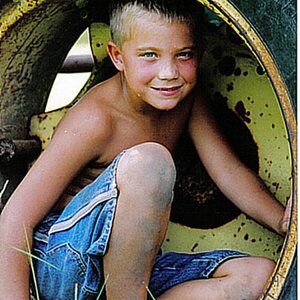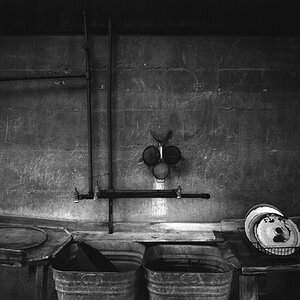amayax
TPF Noob!
- Joined
- Jan 27, 2017
- Messages
- 59
- Reaction score
- 25
- Can others edit my Photos
- Photos OK to edit
Often on my live viewer screen on my 100D I feel like the focus is right (doing it manual), but then when viewing it on the big screen of my computer, I notice it is just too far back or too close, basically ruining what else could be a good shot.
Now, I want to do more people photography, with a focus good on the eyes. How do you do the focus there? automatic focus or do you have a trick to do it in manual?
Now, I want to do more people photography, with a focus good on the eyes. How do you do the focus there? automatic focus or do you have a trick to do it in manual?





![[No title]](/data/xfmg/thumbnail/39/39224-aa3271aa220fe57f37caf898b6984846.jpg?1619738926)

![[No title]](/data/xfmg/thumbnail/35/35948-700e0d840da0ca73727b1bd6d99b4142.jpg?1619737257)






